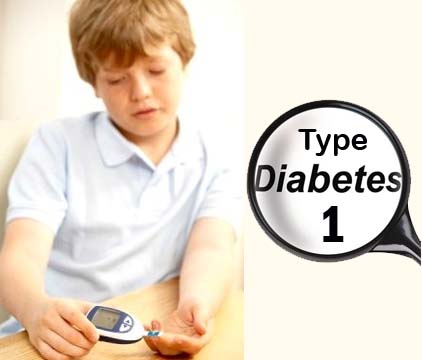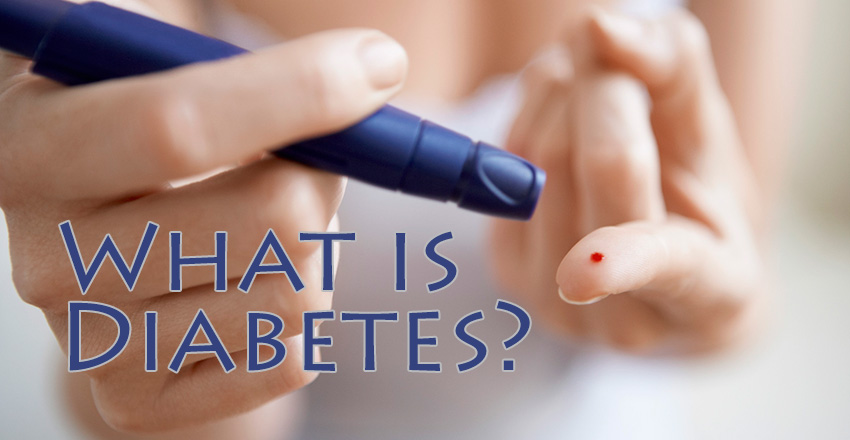There are three main types of diabetes that people are thinking of when they ask, “What is diabetes?” These types of diabetes are the most common forms found in the United States and affect a majority of individuals at some time in their life.
In the United States, about 5-10% of children and young adults are found to have Type 1 diabetes yearly. It is the result of an auto-immune disease. When the immune system attacks the beta cells that produce insulin in the pancreas and kills them, the pancreas can not produce insulin. This results in no insulin being produced for the body.
The symptoms for this diabetes are rapid and extreme. A person will have extreme hunger, fatigue, thirst, frequent urination, weight loss and blurred vision. If no medical intervention is provided the person can go into a diabetic coma. Type 1 diabetes can be a life-threatening condition and is very serious if it is not diagnosed and treated quickly.
The National Institute of Health has found that 95% of the adults in the United State who are over age thirty-five suffer from Type 2 diabetes. One reason for this is that 80% of the people who have Type 2 diabetes are overweight. A person with this type of diabetes is not getting insulin because their cells have become resistant to it.
Obesity, lack of exercise, some ethnicity’s, and age are just a few of the triggers for Type 2 diabetes. It is also triggered by genetics, high blood pressure and high cholesterol. The greatest cause of Type 2 diabetes is unhealthy eating habits. People who do not eat properly and have daily exercise are highly susceptible to Type 2 diabetes.
People will develop the symptoms of this diabetes gradually over a long period of time. They will feel extreme fatigue, blurred vision, increased thirst and hunger, slow healing of wounds and sores, and frequent urination.
Most of the time if a person changes their lifestyle, loses weight, and begins to exercise, they will be able to resolve their Type 2 diabetes. In some cases people must continue medication for the diabetes, but this rarely occurs.
Women in the 2nd trimester of pregnancy can get gestational diabetes. This diabetes occurs in 3-8% of pregnant women and is resolved when they have the baby. Many women who develop this diabetes during pregnancy are instructed on the proper exercise and diet to keep the diabetes in control when they are pregnant.
Many women who have gestational diabetes when they are pregnant, will develop it with later pregnancies. They also have a 40% risk of developing Type 2 diabetes later in life.


